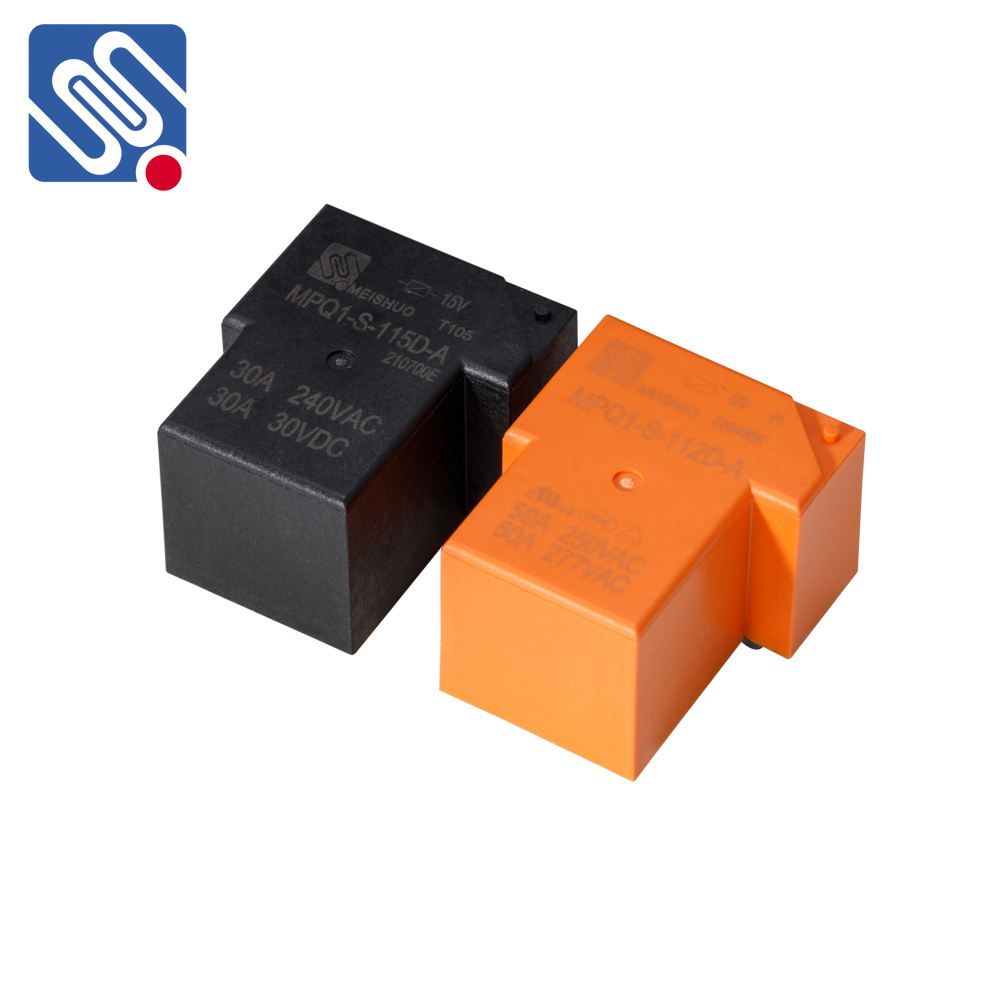Relay circuit protection is a crucial aspect of electrical engineering that ensures the safety, reliability, and longevity of circuits. By automatically disconnecting a faulty circuit or component, relay protection prevents damage to the overall system and reduces the risk of potential hazards such as fires, electrical shocks, and equipment failure. In modern electrical and electronic systems, relay circuits are widely used to protect circuits from overcurrent, overvoltage, short circuits, and other abnormal conditions.

Understanding Relay Circuit Protection A relay is an electrically operated switch that opens or closes a circuit in response to a signal from the control system. In relay circuit protection, relays are employed to monitor the parameters of the electrical circuit, such as current, voltage, and temperature. When these parameters exceed or drop below predetermined limits, the relay will activate a protective mechanism, either disconnecting or isolating the affected portion of the circuit. The core purpose of relay protection is to ensure that an electrical system continues to function as safely and efficiently as possible, even when faults or abnormal conditions occur. This is particularly important in high-power systems, such as power plants, industrial machinery, and transportation infrastructure, where failures can lead to significant financial losses and safety risks.